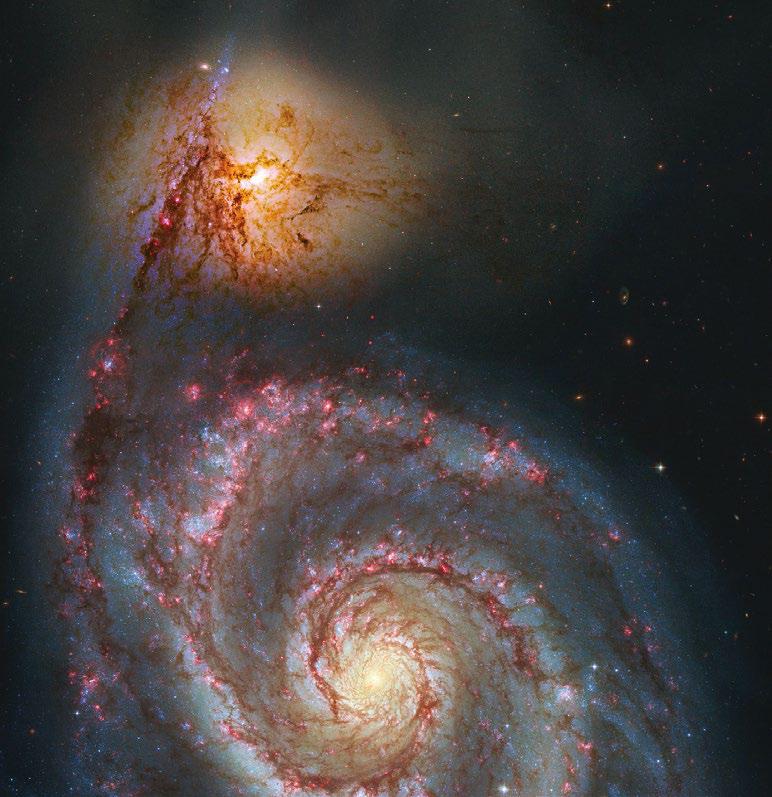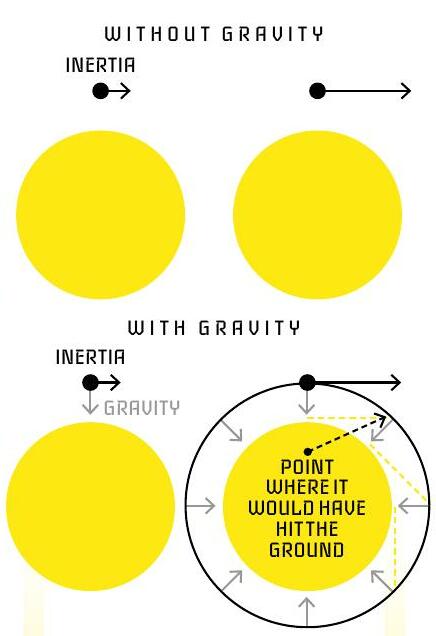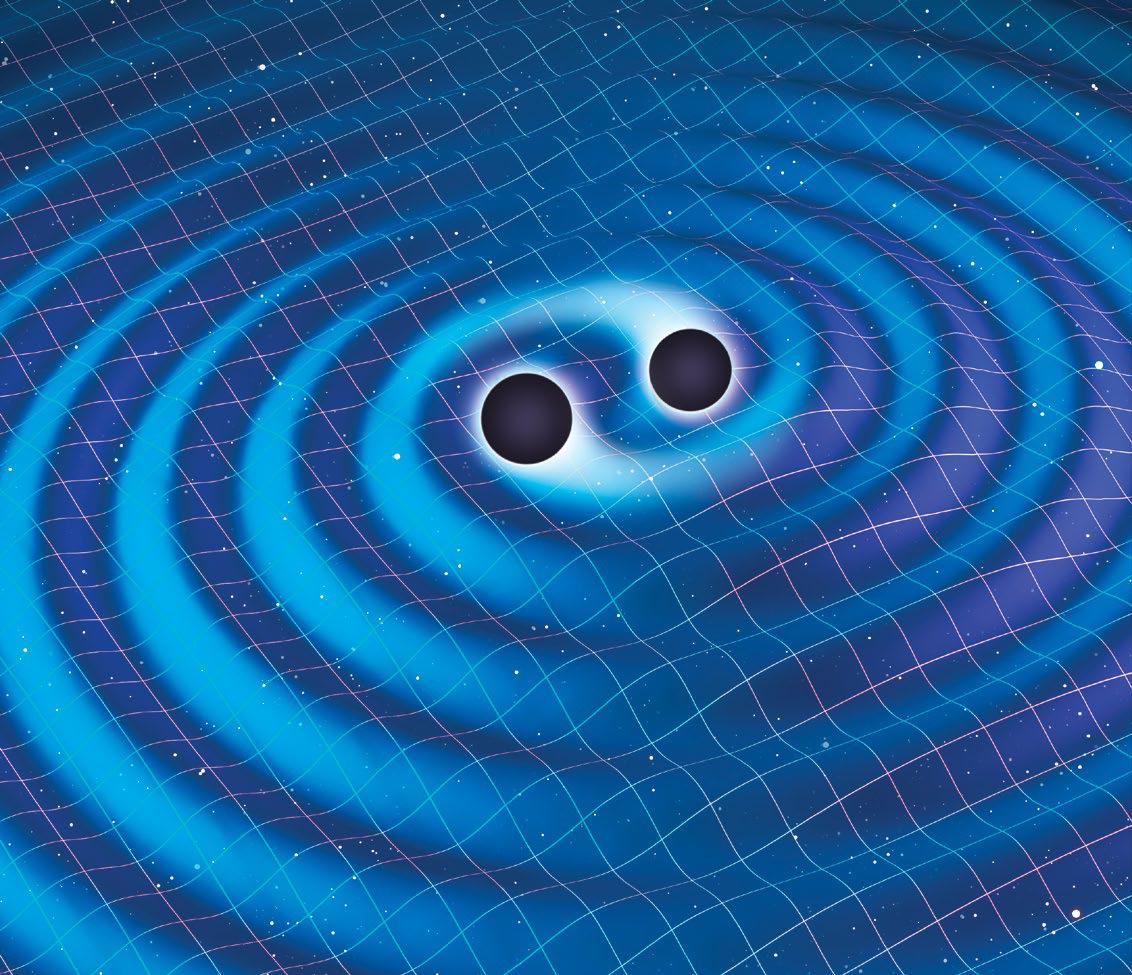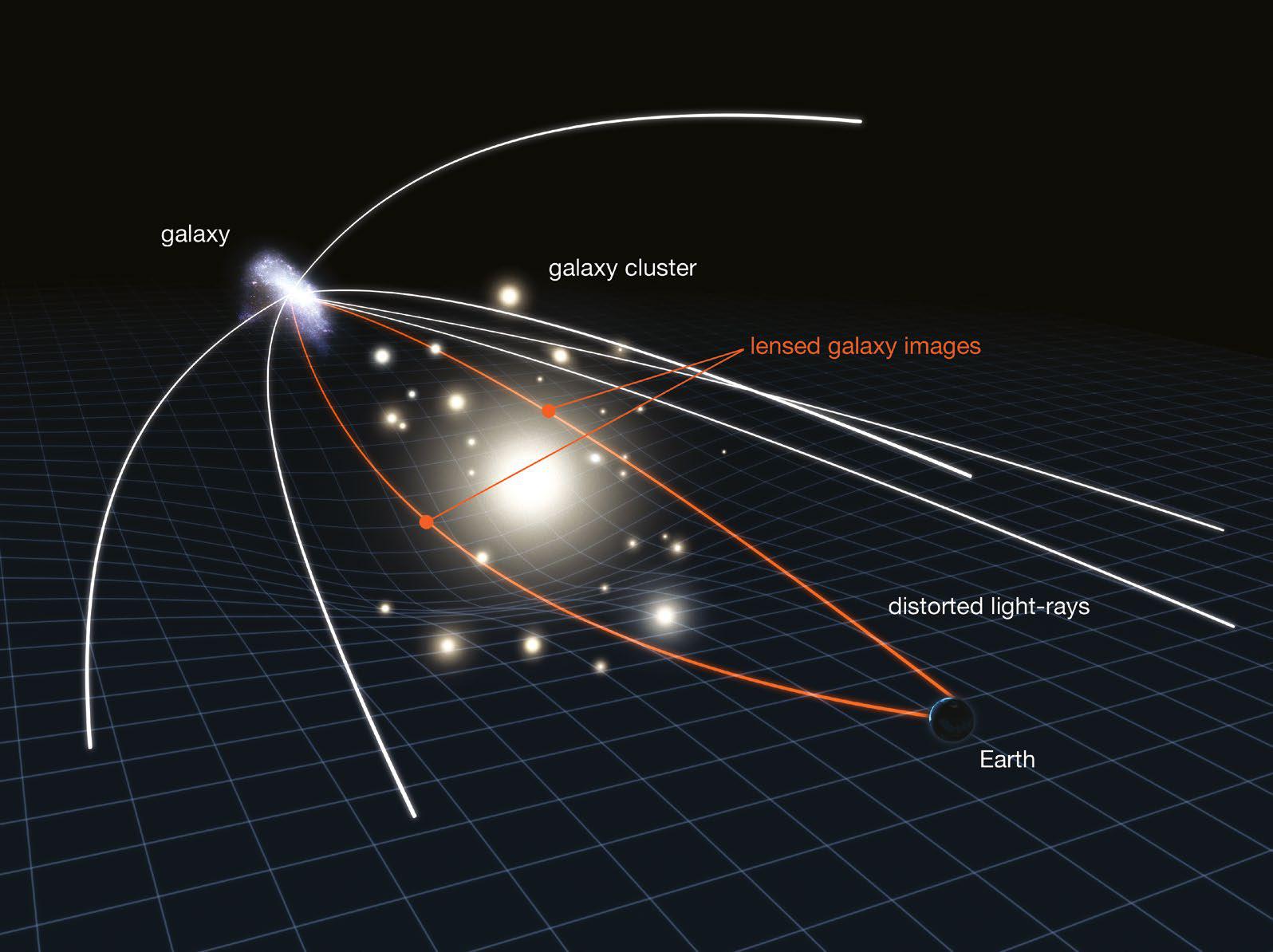Neurobics
Most people would have heard of aerobic exercises for cardiovascular conditioning using breathing techniques. But did you know there is a different type of exercise designed specifically for your brain? This is called Neurobics. And is used to describe the science behind brain exercise. Neurobic brain exercises are designed to decrease memory loss and increase taking in and using new information. For your brain to be healthy and sharp, it needs to practice and get better and constantly get better at a variety of skills.
Regular physical exercises will reduce fat, increase muscle power, improve breathing, and make you vibrant. Physical exercises will help body parts to improve. Similarly, neurobic exercises give the different parts of your brain to practice and improve. Neurobic exercises are different from regular brain exercises, puzzles, maths, etc. Neurobic exercises will strengthen the brain and will make new connections and create new pathways. For example, neurobic exercises will disrupt your routine. When people do something out of routine, their brains will not work as hard. For example, you may go to school on the same road every day. On some days you may not even remember how you got there because your brain was accustomed to that routine. But if you take a different road your brain has become alert to the new surroundings and will have to start paying attention and work harder.
Your brain has different parts, all designed to do different functions. But not all parts are used regularly and so they become inactive and slowly deteriorate like our legs becoming weak if we don’t walk regularly. This is because we get accustomed to routines and don’t learn or do things differently periodically. But if you learn something new every day all parts of the brain get activated.
So, learning new things is crucial to your brain health. Learning anything new is a neurobic brain activity. When your brain takes in new information, it starts making new connections to interpret and retain that new information. Here are a bunch of neurobic exercises you can try to activate the unused parts of your brain.
Close your eyes - Do regular activities with your eyes closed. For example, try taking a bath, washing your hair, getting dressed for school, opening the doors and cupboards, finding your things, bags etc., with your eyes closed. Don’t do anything that could put you or others in danger. Such activities will force your brain to use new neural pathways.
Read books aloud – The brain uses different areas for each activity. When you read aloud or listen to others reading, you will use different brain circuits than when you read silently to yourself. Brain imaging studies have shown three distinct brain regions lighting up when the same word was read, spoken, or heard. So, reading quietly is different from reading loudly to the brain.
New routes - Take a new route to school. Traveling exposes the senses to new surroundings. As you see new places and buildings your brain starts documenting them.
Shopping – Take item list from your mother and go to buy things at different shops or supermarkets. This way the brain will register new shelves, new faces, new methods, new roads, and new products.
Relocate items - Reposition the location of familiar items in your house. For example, in your room, rearrange the furniture, change the order of the clothes in your closet, put your watch to the other wrist, rearrange your books, home furniture, desktop etc. Now your brain will have to find out where the items are.
Switch Hands - If you are right-handed, try using your left hand to do things like brushing teeth, eating food, combing hair, writing, or using your computer mouse. Using your non-dominant hand will increase brain activity. This can be difficult at first but after a few days, you will be pleasantly surprised.
Similarly, try breaking the routine for the various activities you used. Slowly, your brain will start activating the portions that had become inactive. This will create new healthy brain cells and make your mind and brain vibrant.

















